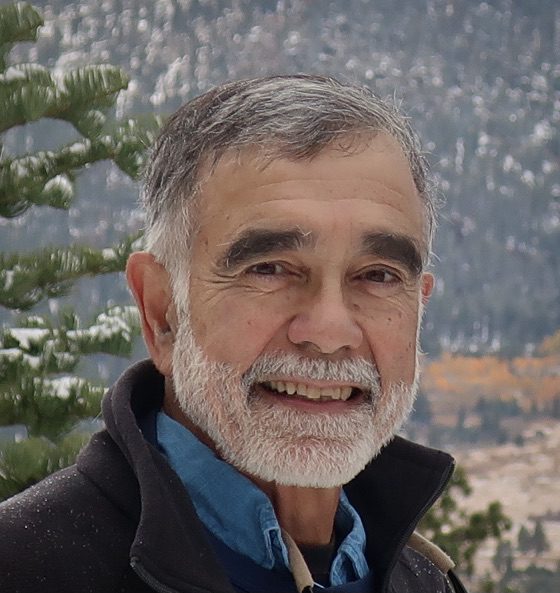Professor John Leshy Tells History of U.S. Public Lands in New Book

UC Law SF Professor Emeritus John Leshy is author of the book, “Our Common Ground.”
UC Law SF Emeritus Professor of Law John Leshy is the author of “Our Common Ground,” published this year by Yale University Press. In his book, he discusses how American history and modern politics shape governmental policy on national parks, forests, wildlife refuges, and other public lands.
What is your book about?
It is the political history of America’s 600+ million acres of public lands, explaining how the national government decided to hold onto and protect these lands, keeping them open to all primarily for recreation, conservation and education. My book explodes several myths about these decisions. One is that public lands have been a divisive force in American life, when in fact they have tended to bring us together. Another is that these decisions have been dominated by partisan politics, when in fact most had strong bipartisan support. Another is that states and local communities objected to protecting these lands, when in fact nearly all such decisions had strong grassroots support. Today the vast majority of Americans of all political persuasions love these lands and how they have been safeguarded.
What approach do you take towards the Native American experience in your book?
My book does not go into any detail regarding how Native Americans were dispossessed of land. That story, which has been the subject of many books, began in 1492, was full of injustices, and was largely completed not long after the Civil War. The core of my book’s story begins later, around 1890, when the U.S. began departing from its traditional policy of giving public lands away to settlers and industrial enterprises. “Our Common Ground” does show how, in recent years, Native Nations have had considerable success influencing the management of public lands to which they have ancestral ties. A signal event here is President Biden’s naming Deb Haaland to head the Interior Department, which manages most federal public lands. She is the first Native American to hold a cabinet post in U.S. history.

“Our Common Ground” is published by Yale University Press.
What was your most rewarding experience regarding public lands?
I was fortunate to have many, but the highlight was leading the team that led to President Bill Clinton protecting millions of acres in the late 1990s. He employed the Antiquities Act of 1906, which empowers the president to protect features of “historic or scientific interest” on U.S. public lands. He began in 1996 by establishing the two-million-acre Grand Staircase-Escalante National Monument in southern Utah, and before leaving office he protected millions of additional acres in numerous states. All are special places well worth visiting.
What are some other recent developments in public land policy?
A major one is the growing role public lands play in preserving biodiversity and in facilitating the transition away from fossil fuels to head off catastrophic climate change. Here’s one example: After trying for decades to reverse a decision to protect the Arctic National Wildlife Refuge in northern Alaska, the fossil fuel industry and its allies finally succeeded in 2017 on a strict party-line vote in the Congress. But when the Trump Administration auctioned off leases in January 2021, major oil companies decided not to participate, making the sale a giant bust. It generated only $14 million in bids. Earlier this year, by contrast, the Biden Administration’s auction of leases of submerged public lands off New York’s Long Island for wind energy production attracted several billion dollars in bids. The difference speaks volumes.
Do you feel hopeful about the future of public lands?
Cautiously so. Climate challenge, and the interrelated challenge of species and biodiversity loss, are huge tests for public lands and, indeed, for humanity. But the history of America’s public lands recounted in my book provides powerful examples of how the American political system decided, over and over, to elevate the long-term broader public interest over shorter-term, narrower interests. It offers a model for how we can succeed in confronting climate and biodiversity challenges.
Leshy will discuss his new book followed by a moderated question-and-answer session at the Deb Colloquium Room on the fifth floor of the Cotchett Law Center at 333 Golden Gate Ave. on Wednesday, Aug. 31, at 4 p.m.
